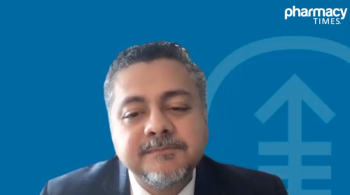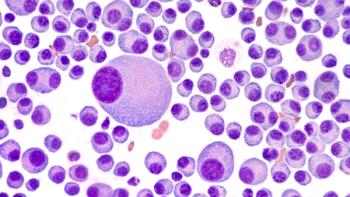Data released by the US Centers for Medicare & Medicaid Services (CMS) reveals which hospitals were paid from the 2015 Medicare billings settlement, reported Kaiser Health News. Nearly $1.5 billion was paid to more than one-third of hospitals in the United States. One of the nation’s largest academic medical centers, New York-Presbyterian Hospital, received the most at nearly $16 million. According to CMS data, 35 hospitals received more than $5 million each, but most were paid much less, with a median payment of $307,642. In total, 2022 hospitals shared in the government payout, which settled 346,000 claims for reimbursement for the treatment of Medicare patients who were admitted on or before October 1, 2013, reported Kaiser. The largest payments ended up resolving thousands of claims at one time.
The traditional emergency room (ER) is chaotic and packed, causing many geriatric patients to get lost in the shuffle. However, geriatric ERs are slowly starting to spread across the country, and are providing seniors with more expertise and personalized care, reported Kaiser Health News. When seniors check into a traditional ER, they are frequently subjected to multiple tests and procedures that at times are unnecessary. These geriatric patients tend to have longer stays, and have diagnoses that are less accurate compared with younger counterparts, according to Kaiser. Geriatric ERs are part of a nationwide effort to find a better way to treat elderly patients, and have the potential to lower health care costs. According to Kaiser, the staff in geriatric ERs collaborate closely so that they can not only treat the elderly patients’ immediate health problems, but also help reduce their risk of confusion, bed sores, and over-medication. Furthermore, these specialized ERs are designed to be much more quiet and tranquil.
Sepsis is the body’s overwhelming and potentially life-threatening response to infection, and kills more than 250,000 people each year, as health care providers are struggling with how to identify it early. According to Kaiser Health News, those at the highest risk are those with weakened immune systems, very young and elderly individuals, and patients with chronic diseases, such as cancer, diabetes, or kidney disease; however, sepsis can affect anyone and there are no diagnostic tests for sepsis. The condition carries symptoms that are common, and present in many other conditions. But there has been a growing number of physicians, hospitals, patient advocates, and policymakers who are pushing to educate clinicians and consumers. Stakeholders are also working to ensure that all procedures are being followed that focus primarily on early detection and prevention, reported Kaiser.





















































































































































































































